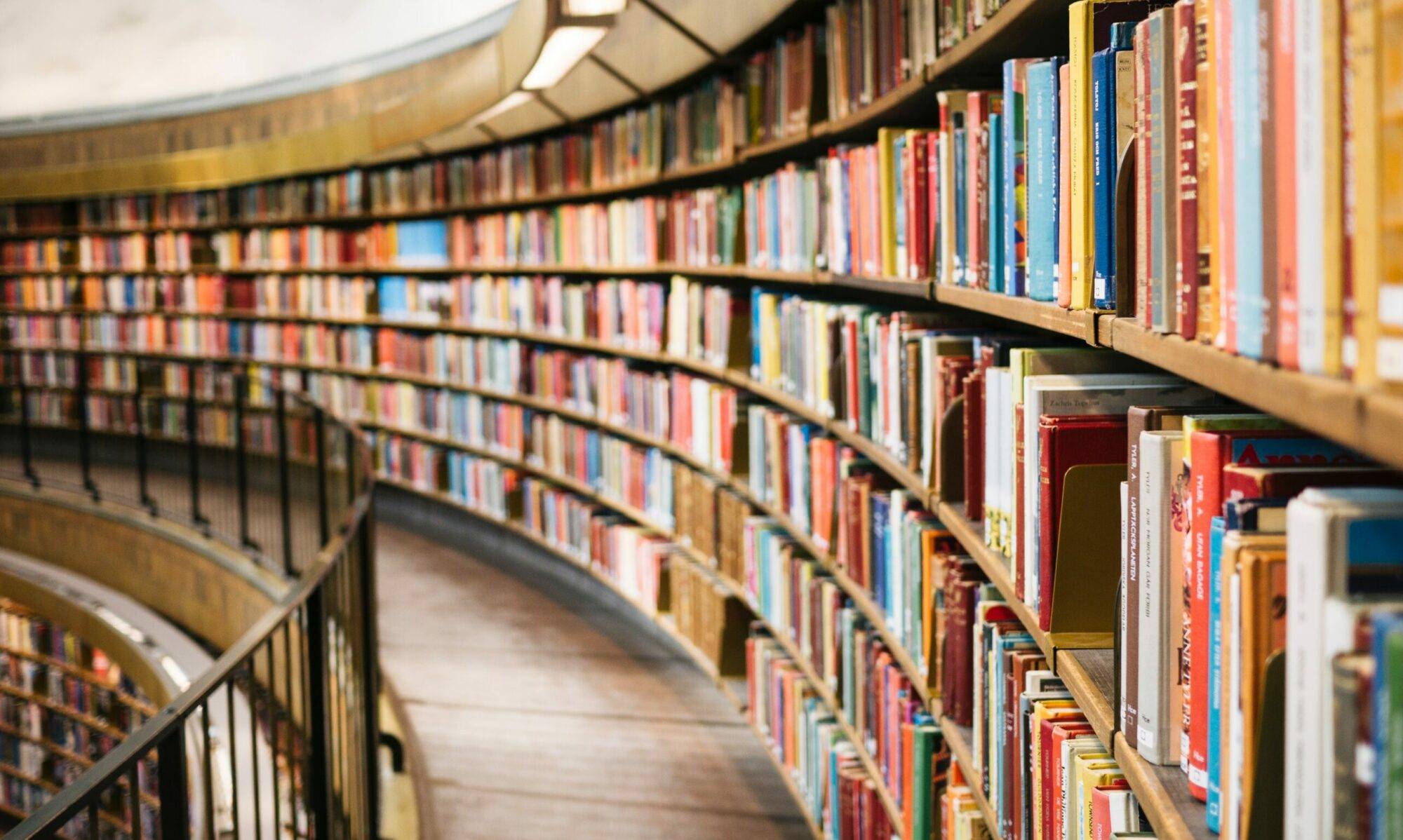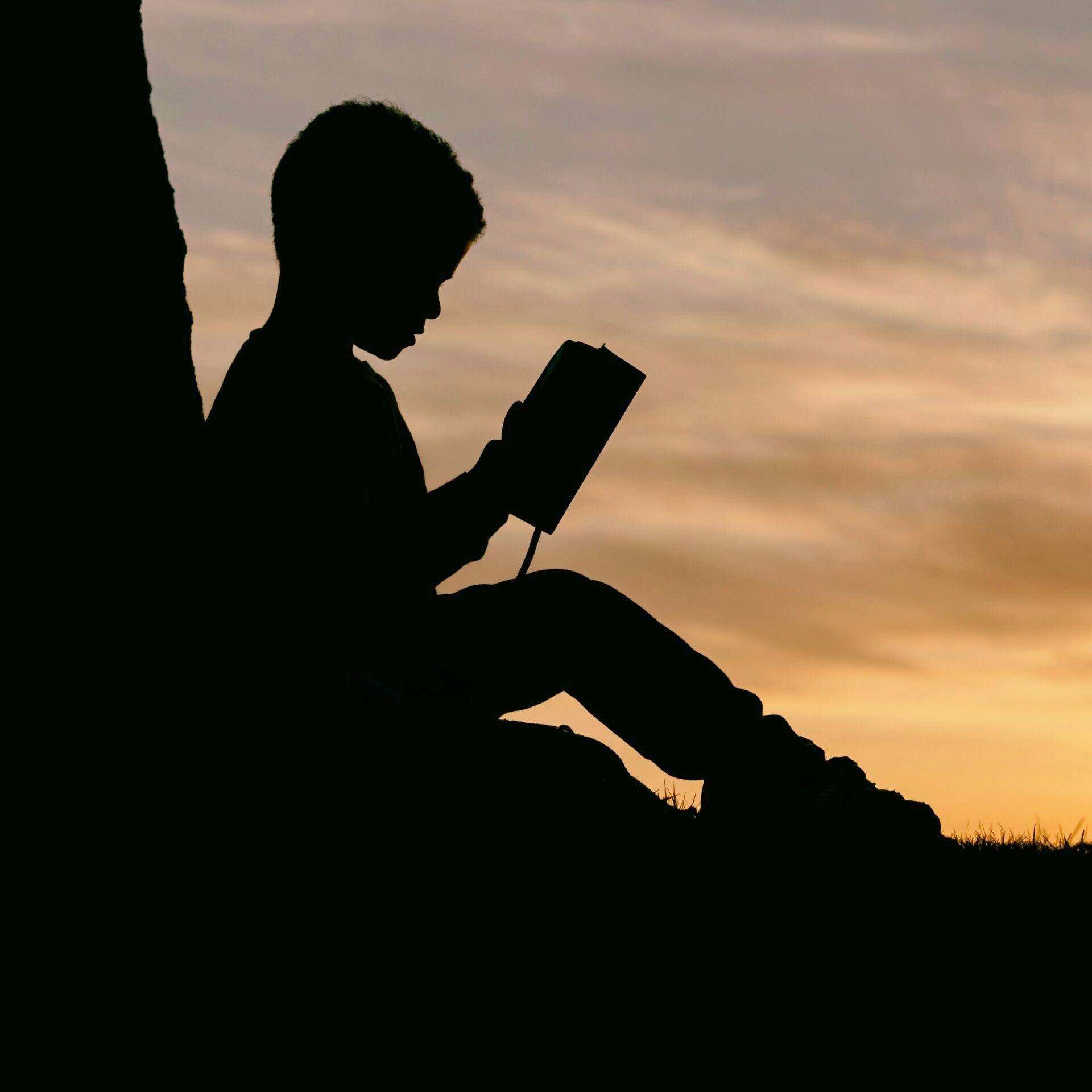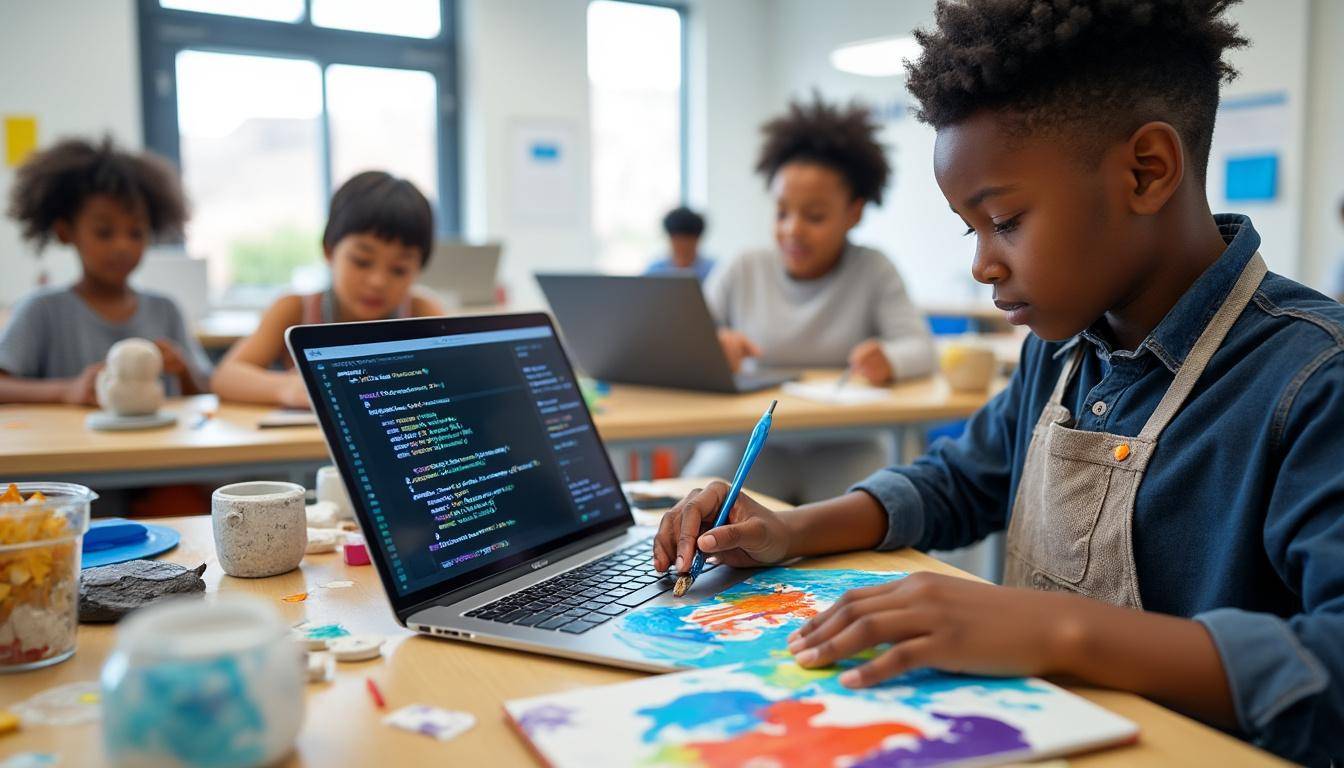In the evolving landscape of education and creativity, American youth stand at a crucial crossroad where art meets algorithms. As digital tools like Adobe, Procreate, and Blender enable unprecedented artistic expression, the rise of AI-driven algorithms challenges traditional definitions of creativity. This tension sparks essential debates about how young learners should navigate their artistic journeys, balancing human intuition with technological prowess. The implications reach beyond mere artistic skills—they touch on educational fairness, future career paths, and the preservation of cultural heritage.
Embracing Digital Creativity: How Tools Like Adobe and Canva Shape Youth Art Education
Today’s students have access to a vast array of creative software, from Adobe’s industry-standard design suites to intuitive platforms like Canva. These tools democratize artistic expression, making graphic design, digital illustration, and multimedia projects more accessible than ever.
- Skill Development: Interactive platforms teach students technical proficiency while encouraging experimentation.
- Collaborative Learning: Online tools allow peer feedback and collaborative projects, fostering community learning.
- Portfolio Building: Students can easily produce professional-grade work suitable for academic or career purposes.
Integrating such software in classrooms encourages a harmonious blend of traditional art techniques with digital innovation. Examples include schools adopting Figma for UI/UX design courses or using Wix and Squarespace to teach web-based artistic presentations.
Case Study: Tinkercad and Blender Fueling 3D Design Skills in Youth
Hands-on engagement with 3D modeling tools like Tinkercad and Blender introduces students to emerging fields such as animation, game design, and architectural visualization. Notably, educators observe increased spatial reasoning and problem-solving skills as students translate concepts into tangible models.
- Tinkercad: User-friendly for beginners, perfect for introducing coding and design basics.
- Blender: A powerful open-source tool supporting complex modeling and animation projects.
- Unity Integration: Combining 3D assets from Blender to develop interactive experiences in Unity enhances multidisciplinary creativity.
Such opportunities prepare learners for careers that blend artistry with technical expertise, emphasizing a futuristic mindset crucial in a rapidly digitizing world.
The Challenge of AI Algorithms: Balancing Creativity and Automation in Youth Education
Artificial intelligence introduces profound questions about authorship and originality. Algorithms can now produce artwork autonomously or assist creators by offering stylistic suggestions or enhancing creative workflows.
- Ethical Considerations: How do we credit AI versus human contributions?
- Creative Autonomy: Ensuring students retain personal expression over automated generation.
- Educational Equity: Addressing unequal access to advanced AI resources among school districts.
Educational initiatives must thus carefully curate AI integration, promoting critical thinking alongside digital skill development. Fostering this balance is imperative to avoid overshadowing human creativity with machine efficiency.
Strategies for Educators: Integrating AI Tools Without Losing the Human Element
Teachers can encourage students to view AI as a tool—akin to a digital brush—rather than an artist itself. Emphasizing skills such as narrative development, personal voice, and conceptual depth is key.
- Workshops on algorithmic art creation: Hosting sessions using platforms like Procreate combined with AI features.
- Critical discussions: Debates around the authenticity of AI-generated art help students form informed opinions.
- Project-based learning: Assignments combining manual and algorithmic techniques develop versatile skillsets.
This nuanced approach prepares youth not only to utilize technology but also to critically evaluate its influence on artistic expression.
Implications for Future Education and Youth Empowerment in the Art-Tech Era
Balancing algorithms and artistry has broader educational and societal consequences. Understanding this dynamic equips young people to thrive in creative industries increasingly shaped by technology. It also invites a reevaluation of curricula to include digital literacy, ethical tech use, and creative problem-solving—skills vital for holistic development.
- Career Readiness: Training across both human-centric and algorithmic artistry prepares students for diverse professional opportunities.
- Mental Well-being: Addressing concerns about screen time and the emotional impact of digital competition is crucial for healthy learning environments, discussed further in our analysis of education and well-being.
- Parental and Community Roles: Engaging stakeholders through webinars and forums enhances support structures, as explored in parental involvement initiatives.
Regional investments in early education technologies, like recent efforts highlighted by NYC’s education programs, demonstrate how infrastructure impacts access to advanced creative tools.
Community Voices: Responses to Art and Algorithm Education Debates
The discourse around algorithm-driven creativity also mirrors societal dialogues on education policy and cultural identity. Parental perspectives vary widely, as captured in discussions on topics like curriculum content and family values. Meanwhile, historical cases remind us to maintain vigilant safeguarding in educational settings, such as references to the importance of child protection.
- Advocacy for balanced integration: Community groups call for transparency and inclusivity.
- Policy development: Educational authorities adapt guidelines to accommodate evolving technologies.
- Cultural preservation: Initiatives ensure that digital innovation respects and reflects diverse heritages.


